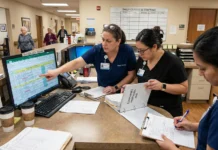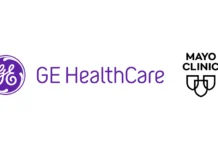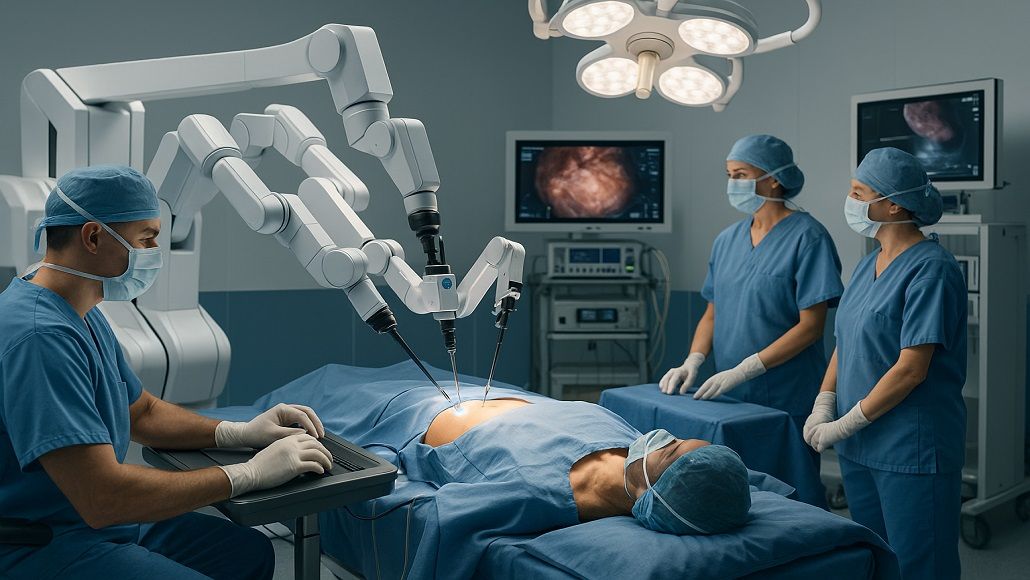In recent years, the field of surgery has gone on to witness a remarkable transformation with the advent of robotic-assisted keyhole surgery. This kind of innovative approach has gained a lot of traction among corporate hospital groups, thereby evolving from a very niche choice to a mainstream surgical method. As hospitals go ahead and adopt robotic surgery platforms when it comes to their routine procedures, a more comprehensive examination of the return on investment, staff training, as well as vendor partnership goes on to reveal the profound implication of this technological innovation on healthcare delivery.
The progress of robotic-assisted surgery
Robotic-assisted keyhole surgery, which is also known as robotic laparoscopic surgery, blends traditional minimally invasive techniques with advanced robotics in order to enhance surgical precision along with patient outcomes.
The usage of robotic systems enables the surgeons with greater dexterity and control, thereby leading to smaller incisions, decreased pain, and fast recovery times for patients. As per a report by the MRFR analysis, the surgical robots market size happens to be estimated to be around US$5.97 billion in 2023. The surgical robots market sector is expected to grow from $6.48 billion in 2024 to $16 billion by 2035. The surgical robot’s market CAGR is anticipated to be around 8.5% during the forecast period of 2025-2035.
It is well to be noted that the corporate hospital groups are increasingly recognizing the benefits of robotic-assisted surgery in enhancing surgical outcomes as well as operational efficiency. The integration when it comes to robotic systems helps facilities to perform a broad range of procedures, which includes intricate surgeries that were once reserved for open surgery. The capacity to implement these surgeries with immense precision as well as minimal invasiveness makes robotic-assisted keyhole surgery a very appealing choice for both healthcare providers as well as patients.
Assessing the return on investment
One of the crucial factors that influences the adoption of robotic assistant keyhole surgery happens to be the return on investment (ROI) when it comes to healthcare organizations. While the initial expenditures of acquiring robotic surgical systems can be pretty substantial, many hospitals are finding that the long-term advantages go on to outweigh the upfront costs.
By way of streamlining the surgical processes as well as decreasing the complication rates, robotic-assisted surgery can lead to much shorter hospital stays as well as lower overall healthcare expenditures. A study that was published in the Journal of Robotic Surgery went on to find out that patients undergoing robot-assisted procedures experienced a 20% decrease in hospitalization costs as compared to those who underwent the traditional surgeries. Moreover, the elevated precision of robotic systems can lead to far fewer surgical revisions, thereby further enhancing the economic viability as far as the robotic surgery is concerned.
Besides this, hospitals are also increasingly recognizing the potential when it comes to the rising patient volume as a result of offering robotic-assisted procedures.
With patients looking out for facilities that offer cutting-edge technology along with enhanced surgical outcomes, hospitals can elevate their competitive edge within the healthcare market due to robot-assisted surgeries.
Staff training along with adaptation
Successful execution of robotic-assisted keyhole surgery hinges on overall staff training as well as adaptation to new technologies. Surgeons, support staff, and surgical teams have to undergo specialized training in order to effectively make use of robotic systems and also integrate them within the present surgical protocols. Vendor collabs happen to play a critical role when it comes to this process since manufacturers often offer training resources as well as support to hospitals that are adopting the robotic platforms.
It is well to be noted that the training programs typically comprise hands-on simulation, online courses, as well as opportunities for shadowing experienced robotic surgeons. Such kind of training ensures that surgical teams are proficient when it comes to operating robotic systems, gauging their capabilities, and also being aware of the potential complications that might crop up.
It is well to be noted that hospitals that go ahead and invest in staff training along with ongoing education are more likely to attain successful outcomes due to robotic-assisted surgery. As surgical teams become more adept when it comes to utilizing robotic platforms, they can also make use of technology in order to improve their patient safety and enhance precision within surgical operations. This kind of emphasis when it comes to training contributes to overall successful surgical results, and at the same time, it also cultivates a culture of consistent improvement within the healthcare institution.
Going ahead with vendor partnerships and collaboration
Collaboration with technology vendors happens to be vital for healthcare organizations as they go ahead and adopt robotic-assisted keyhole surgery. By way of establishing collaborations with leading robotic surgical system manufacturers, one can ensure that hospitals have access to the latest technology, training resources, and also consistent ongoing support.
These kinds of collaborations often go beyond the initial system installations, thereby encompassing long-term service agreements, regular updates, as well as maintenance. By way of forging robust relationships with vendors, the hospitals can go ahead and create a framework in terms of a continuous advancement within their surgical capacities. Besides this, vendors are increasingly focused on developing new and innovative solutions that elevate their usability as well as functionality when it comes to robotic systems. The fact is that there is no shred of doubt when we say that the feedback from healthcare providers is indeed going to be invaluable when it comes to the future development of these technologies. All this leads to improvements that can further advance and benefit the surgical teams and also patients.
Robust patient outcomes and their satisfaction
One of the most compelling reasons behind the adoption of robotic-assisted keyhole surgery happens to be its positive impact on patient results as well as the satisfaction that it guarantees. Robotic systems enable greater precision, decreased blood loss, and also shorter recovery times, thereby resulting in far fewer complications and also a better overall patient experience. Patients who go through robot-assisted procedures often happen to report fewer postoperative issues and quicker return to normal activities as compared to the ones who have undergone traditional surgical methods. This kind of reduction in recovery time not just elevates the patient satisfaction index, but it also decreases the burden on various healthcare resources. A survey that was conducted by the American College of Surgeons went on to find out that patients who had undergone robot-assisted surgeries were more likely to express their satisfaction with the overall surgical experience as compared to those who had gone through traditional open surgeries. This kind of trend underscores the significance when it comes to investing in advanced surgical technologies in order to meet the evolving expectations that the patients have and also enhance the overall quality of care, which is anticipated.
Conclusion
Let’s be honest – robotic-assisted keyhole Surgery is indeed experiencing a significant growth in adoption among corporate hospital groups, thereby transforming the spectrum of surgical practice. As the healthcare organizations assess the return on investment, prioritize their staff training, and also establish vendor collaborations, the advantages of robotic-assisted keyhole surgery happen to become more and more apparent.
The blend of enhanced patient outcomes as well as elevated operational effectiveness along with increased patient satisfaction goes on to position robotic-assisted keyhole surgery as one of the leading choices in modern surgical procedures. By embracing this technological advancement, the healthcare providers can elevate their surgical capacities while at the same time delivering high-quality care to patients.
As robotic surgery continues to get into the mainstream arena, its effect on the future of healthcare cannot be undermined, thereby ultimately paving the way for precision medicine and surgical excellence of a completely new kind.


















